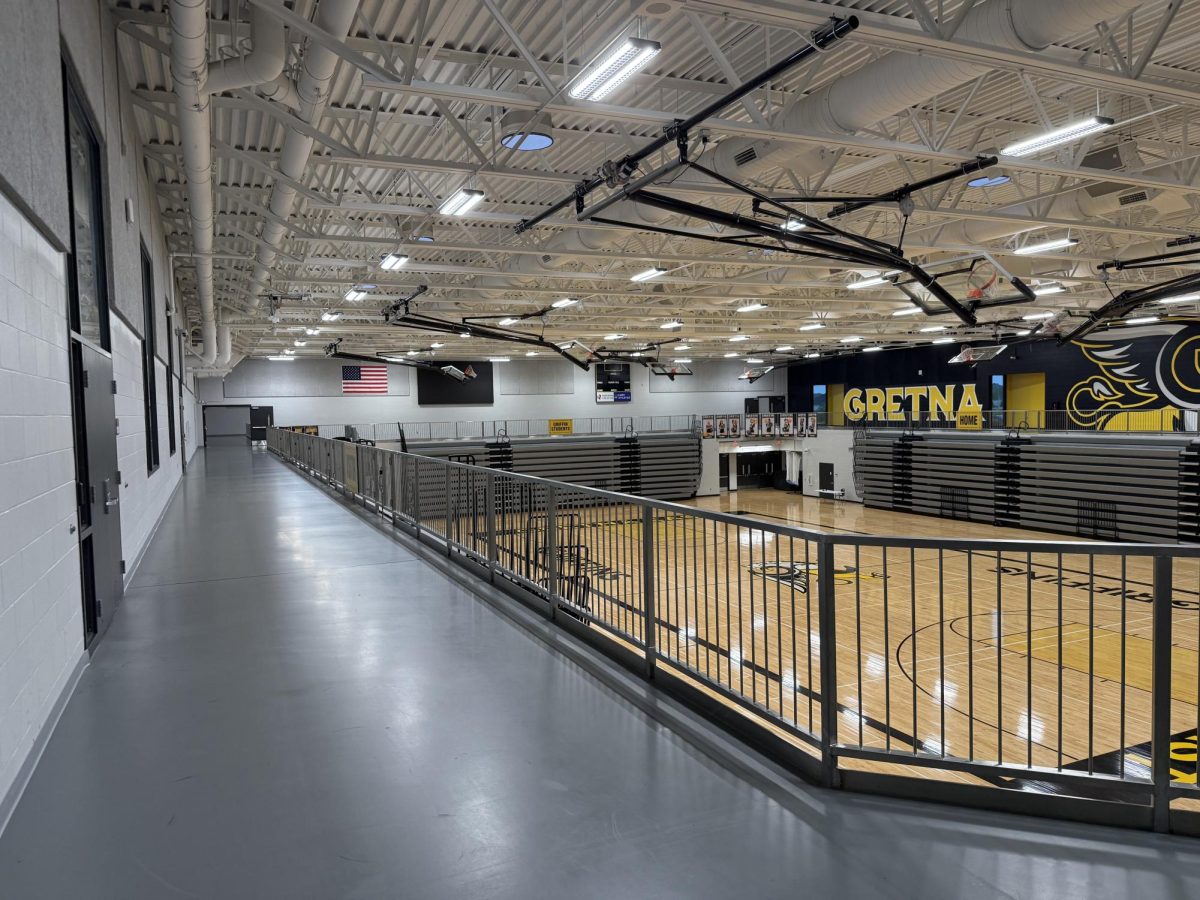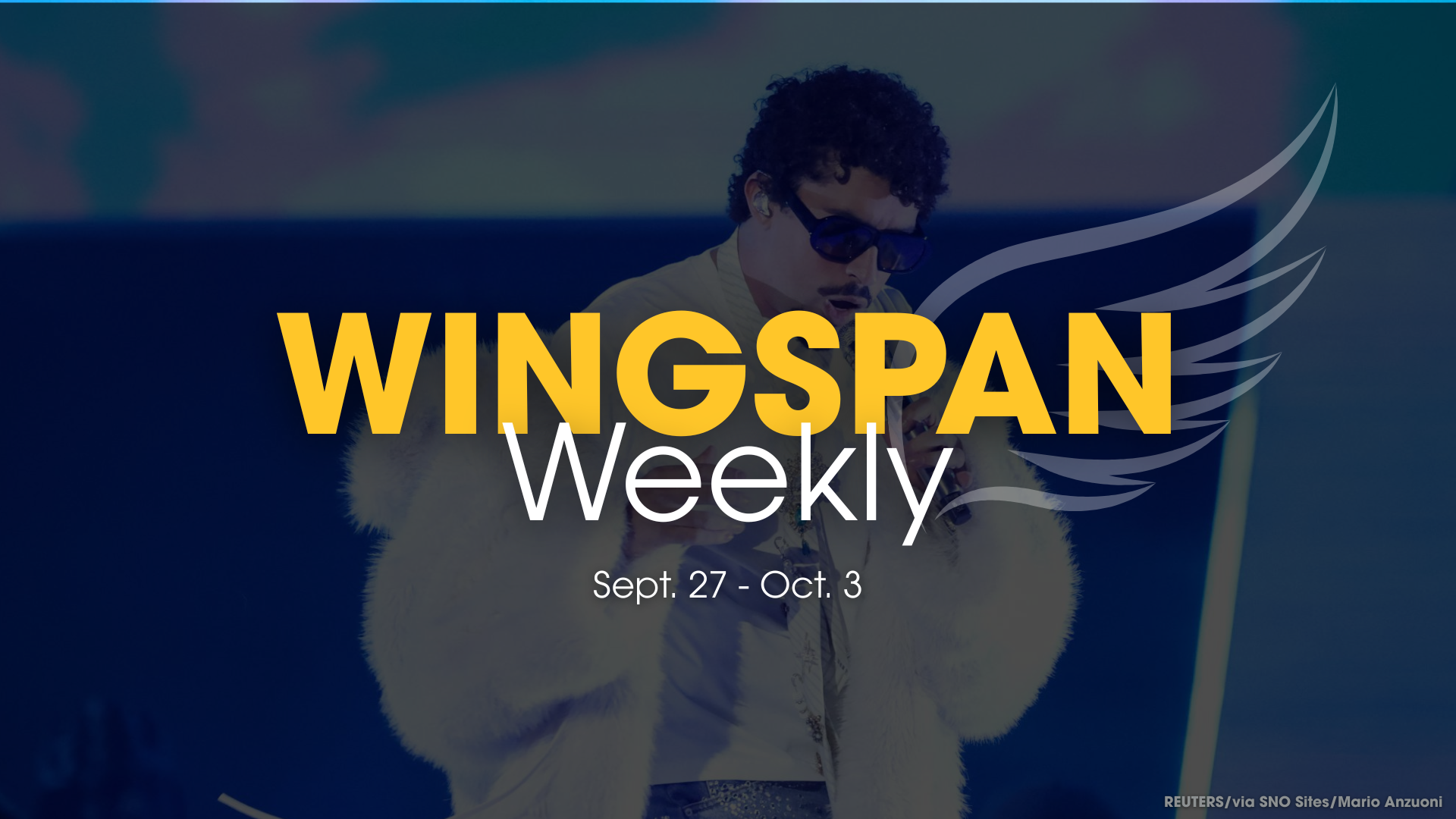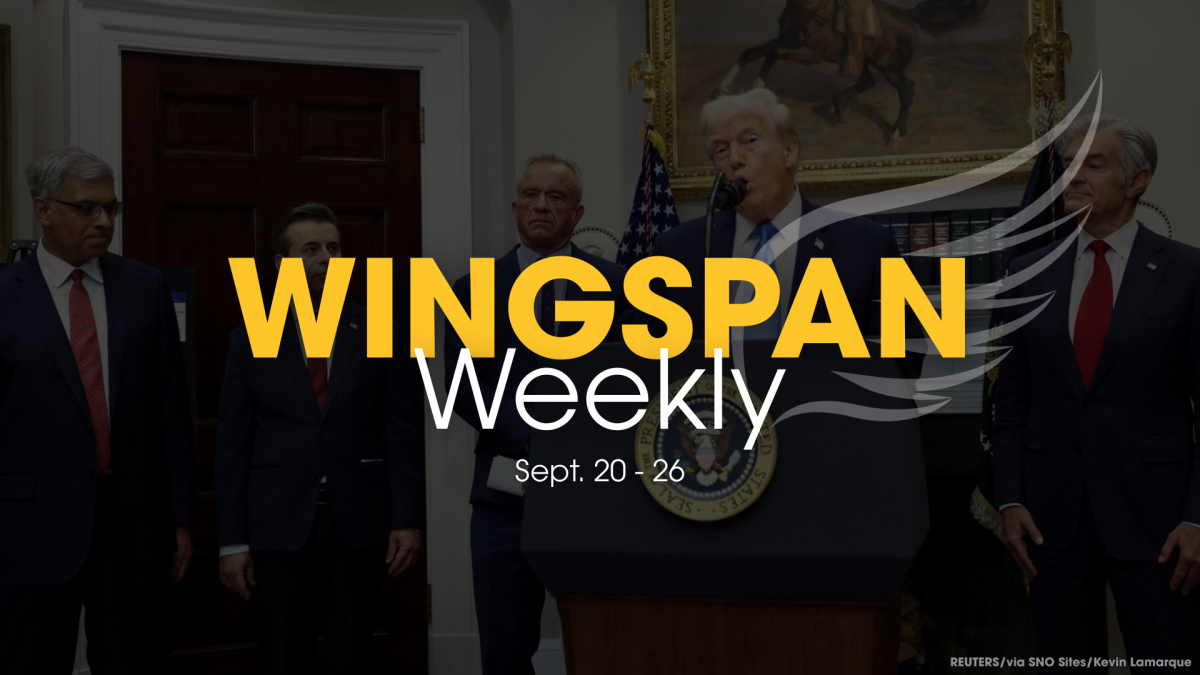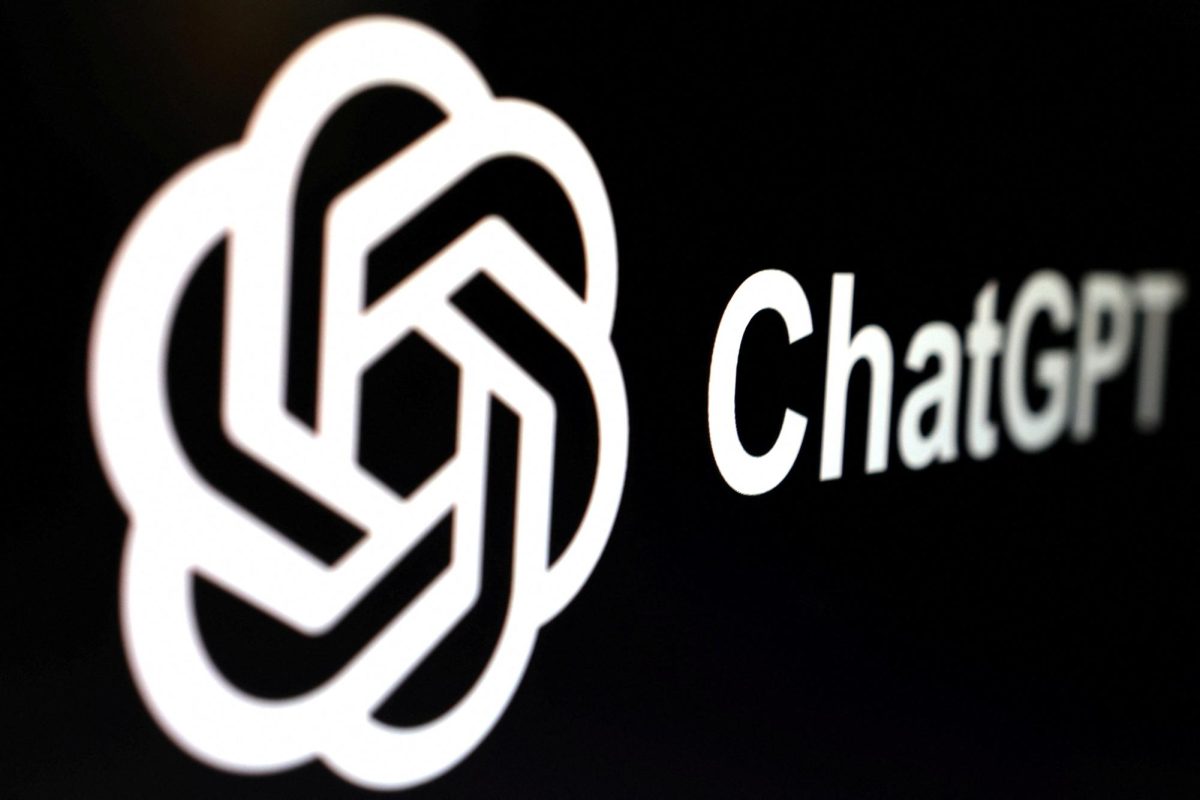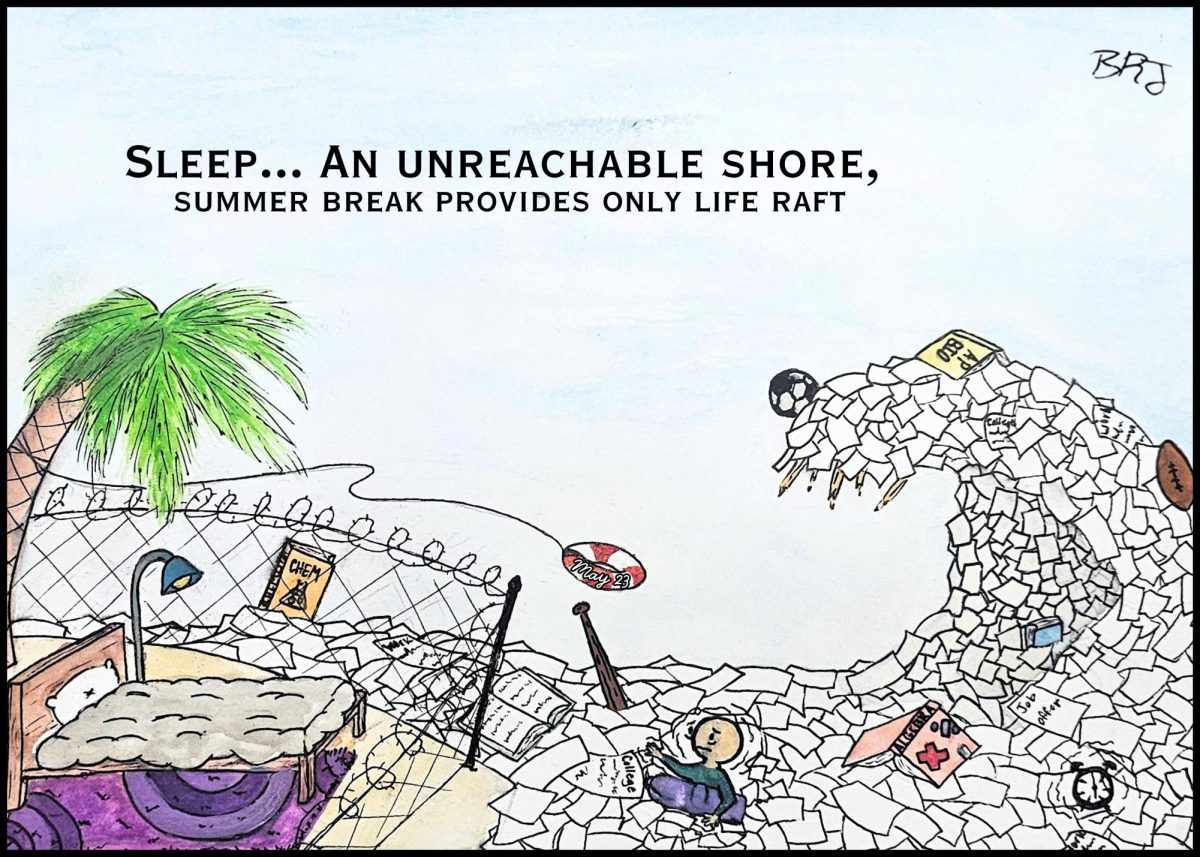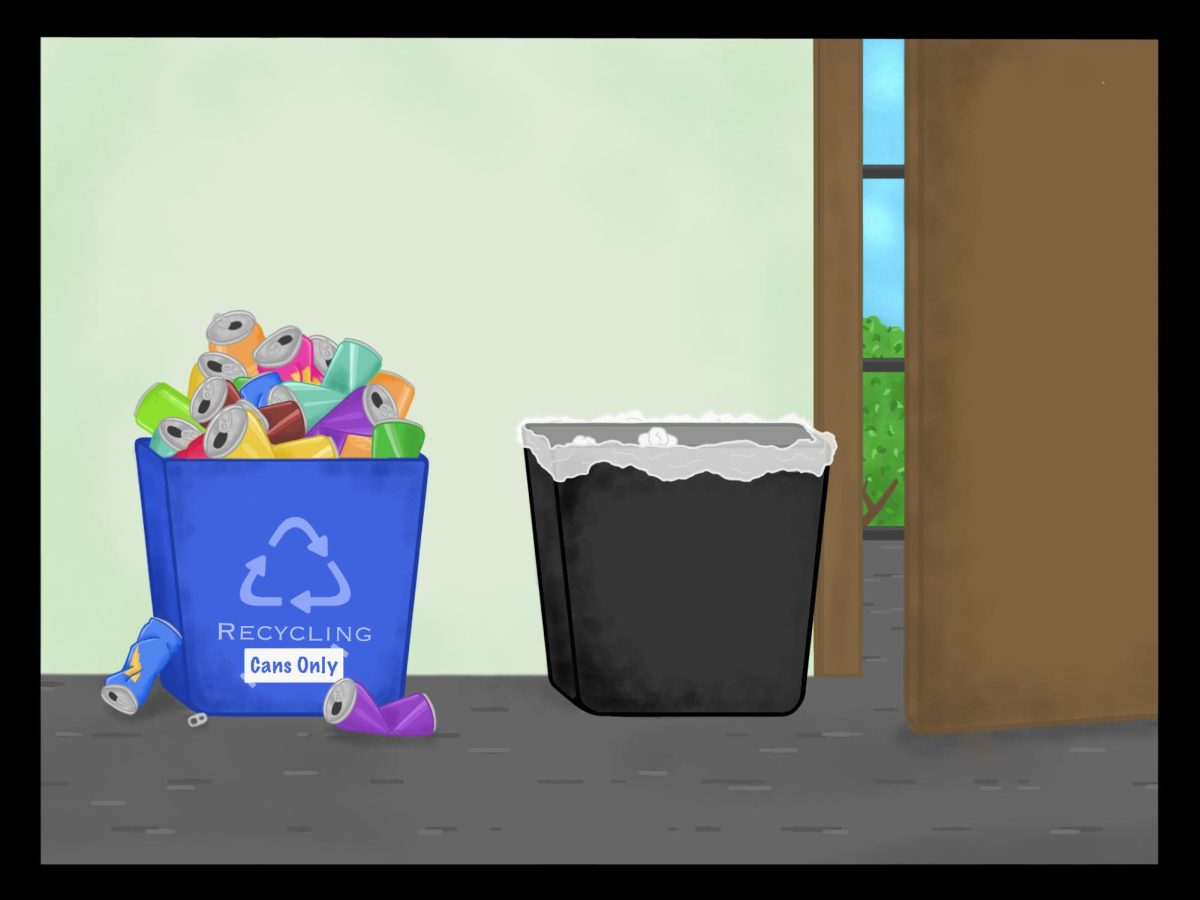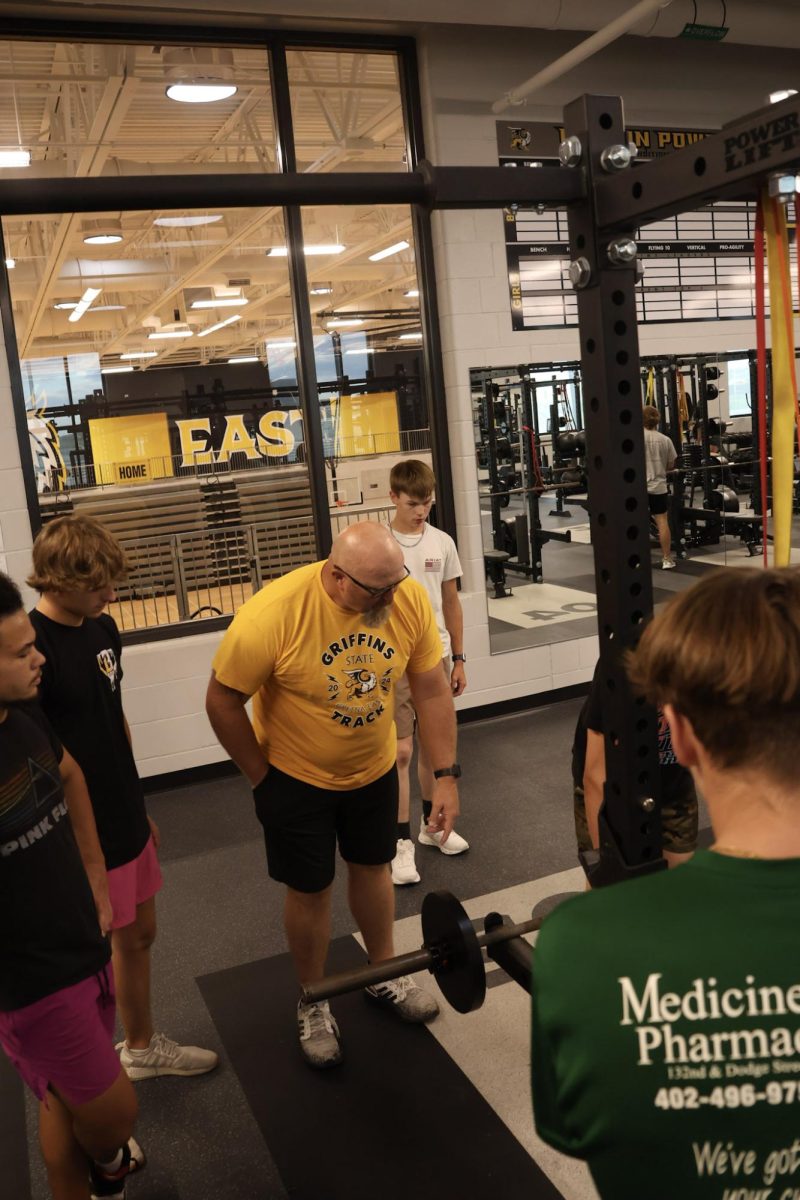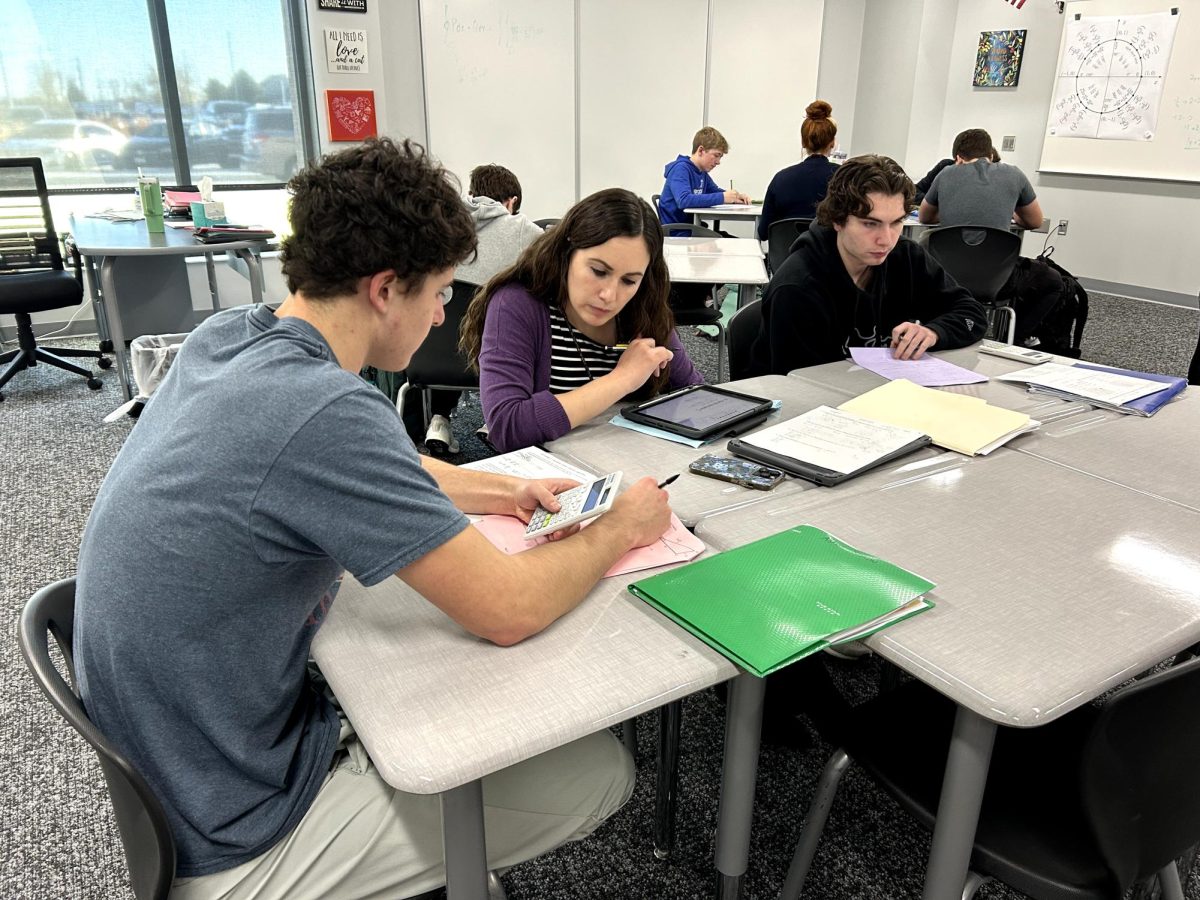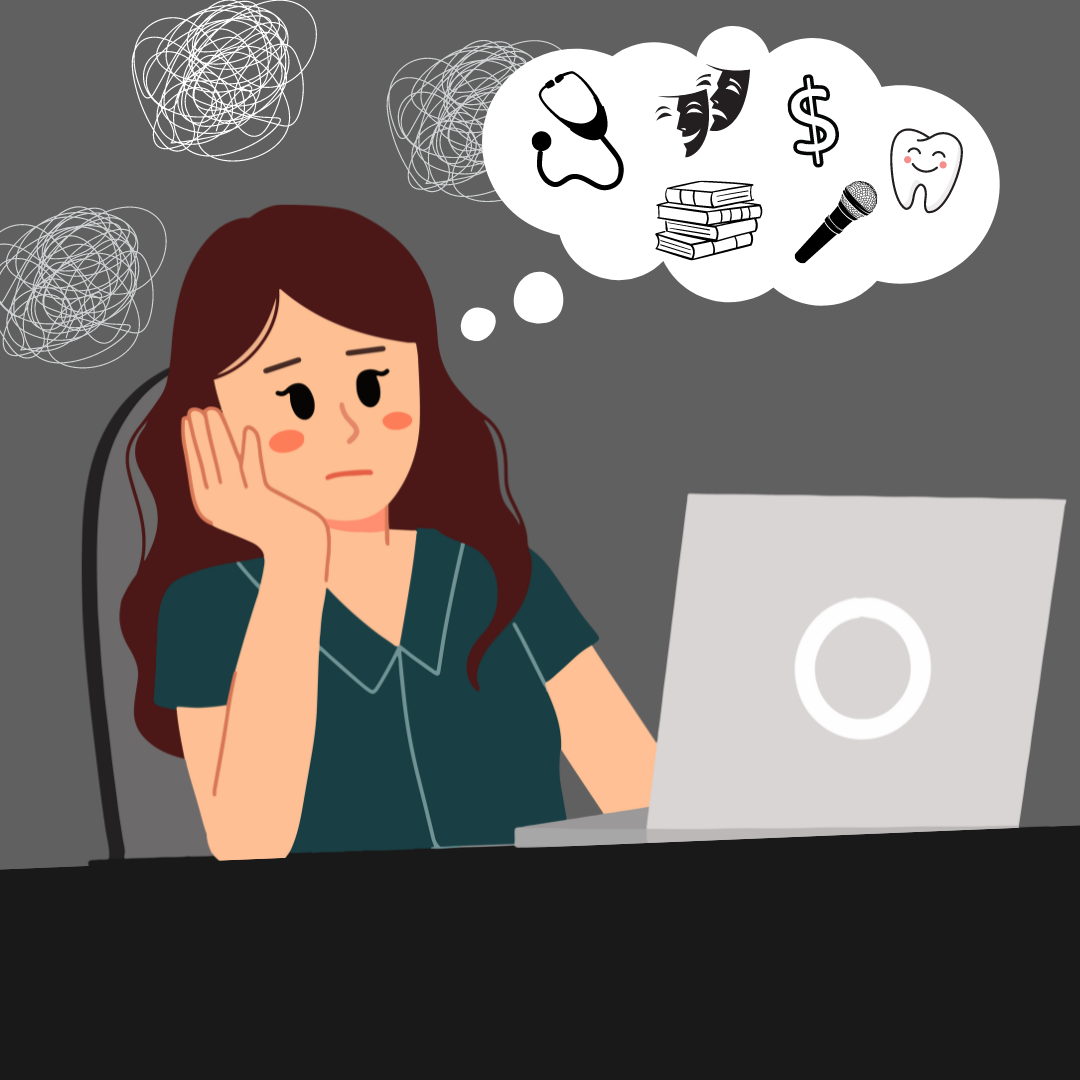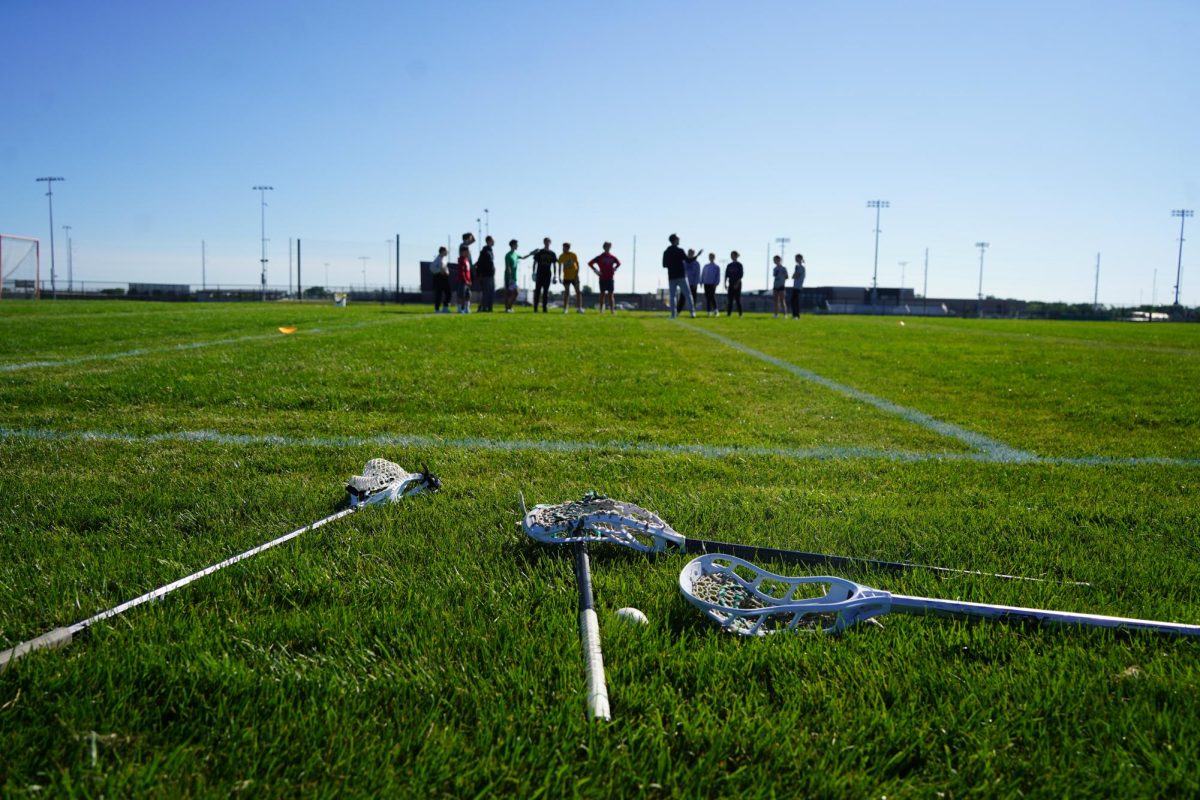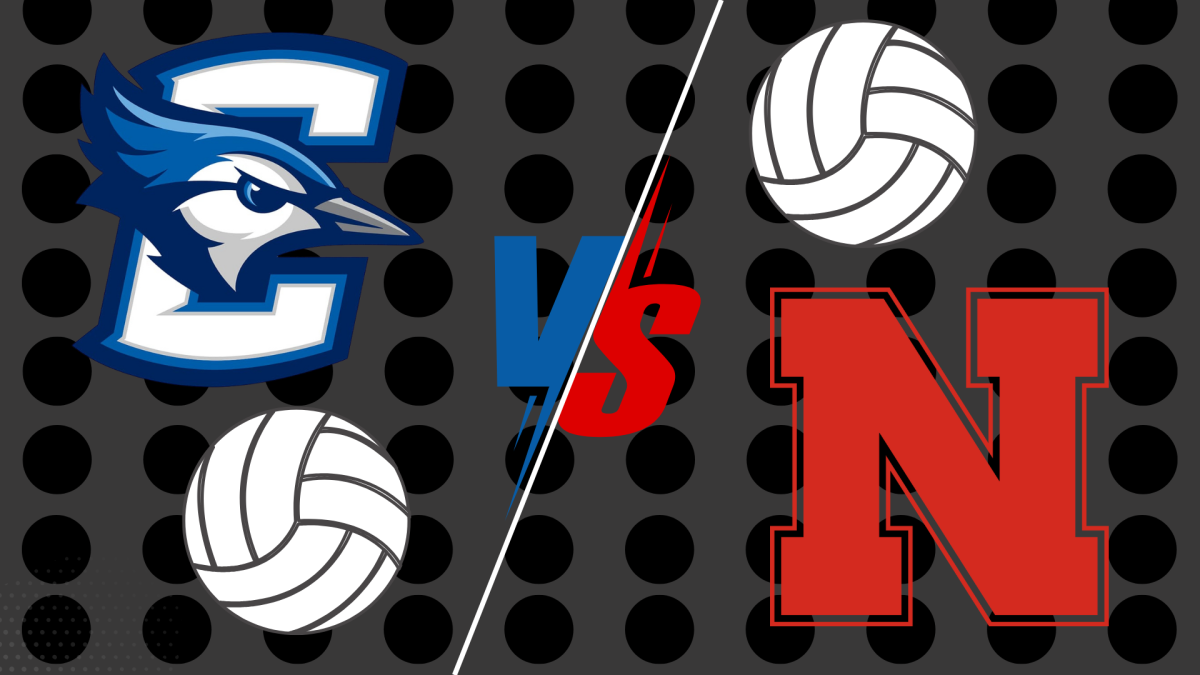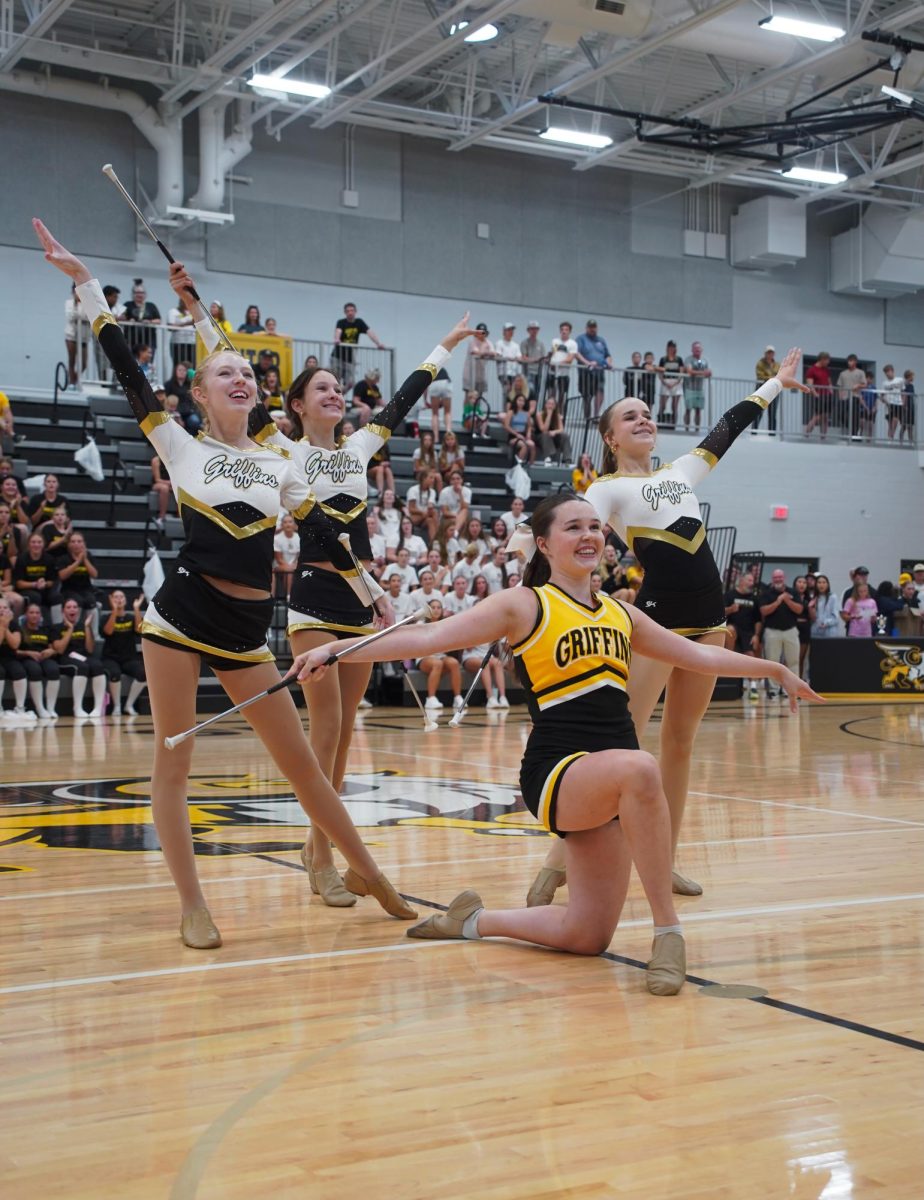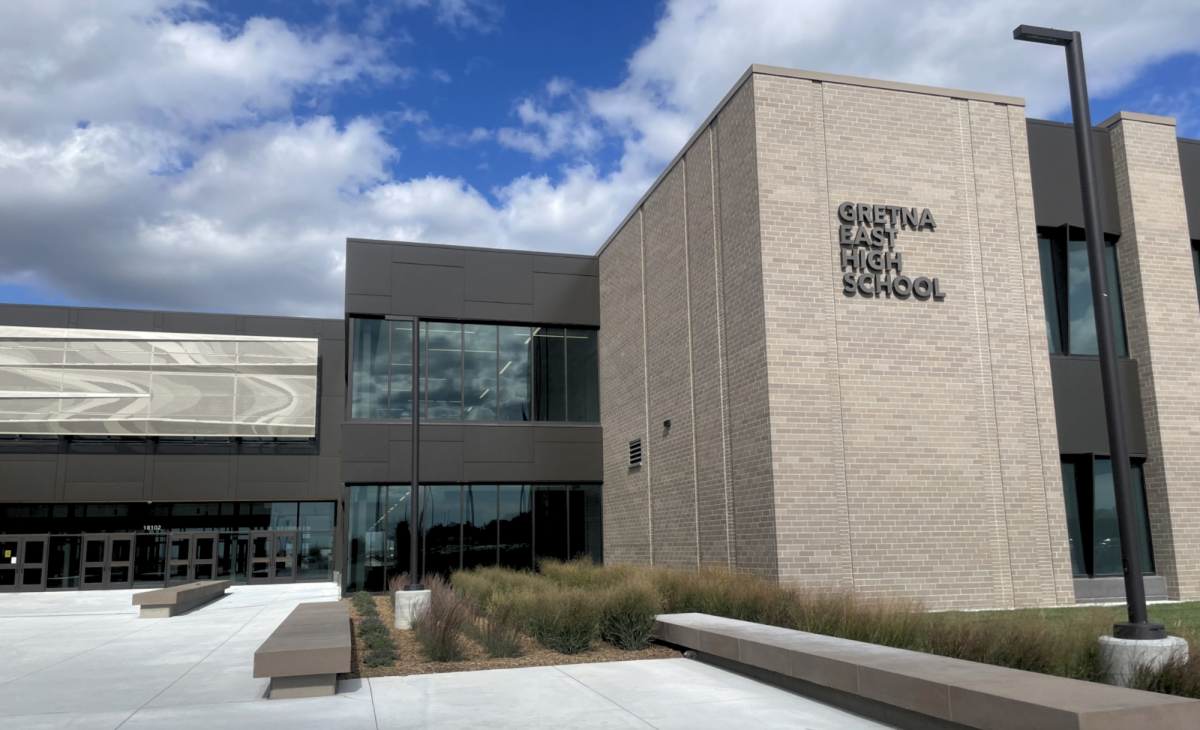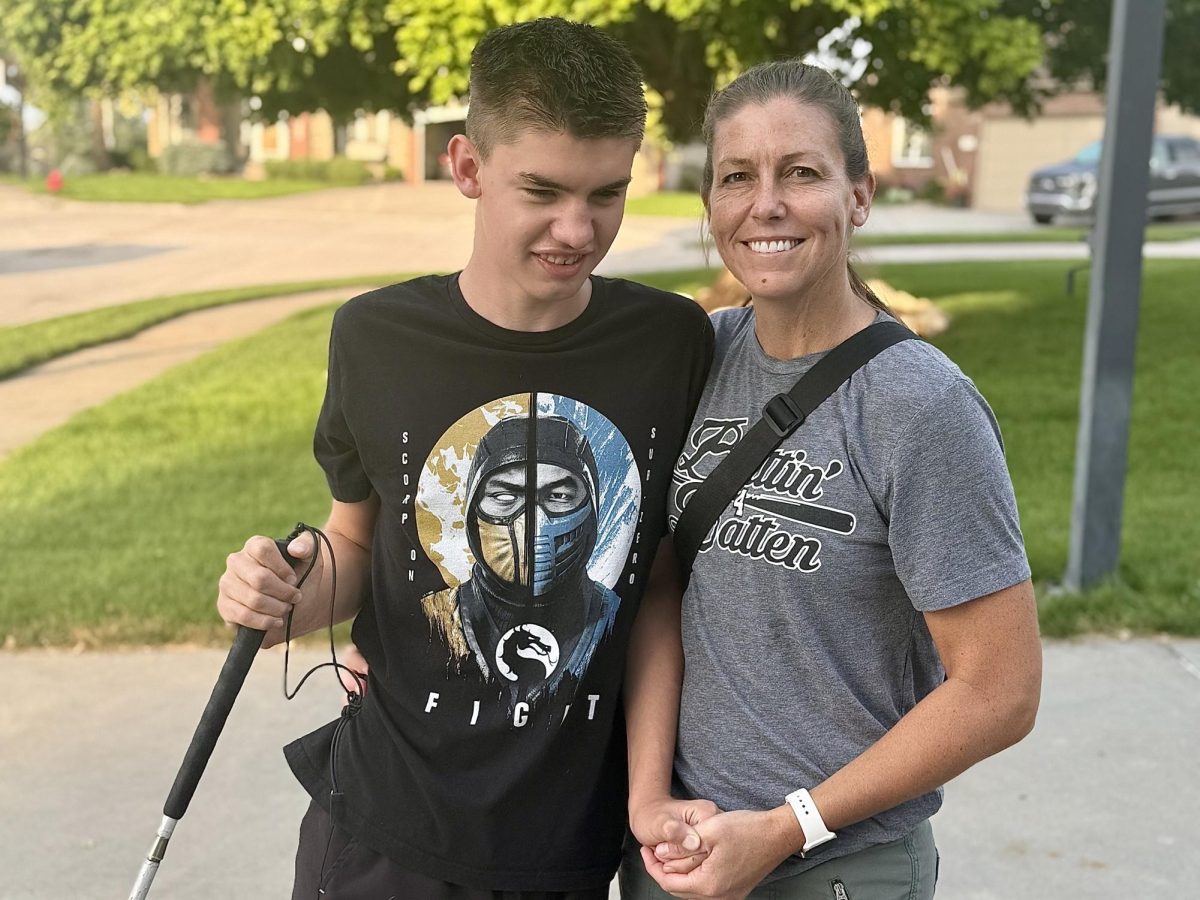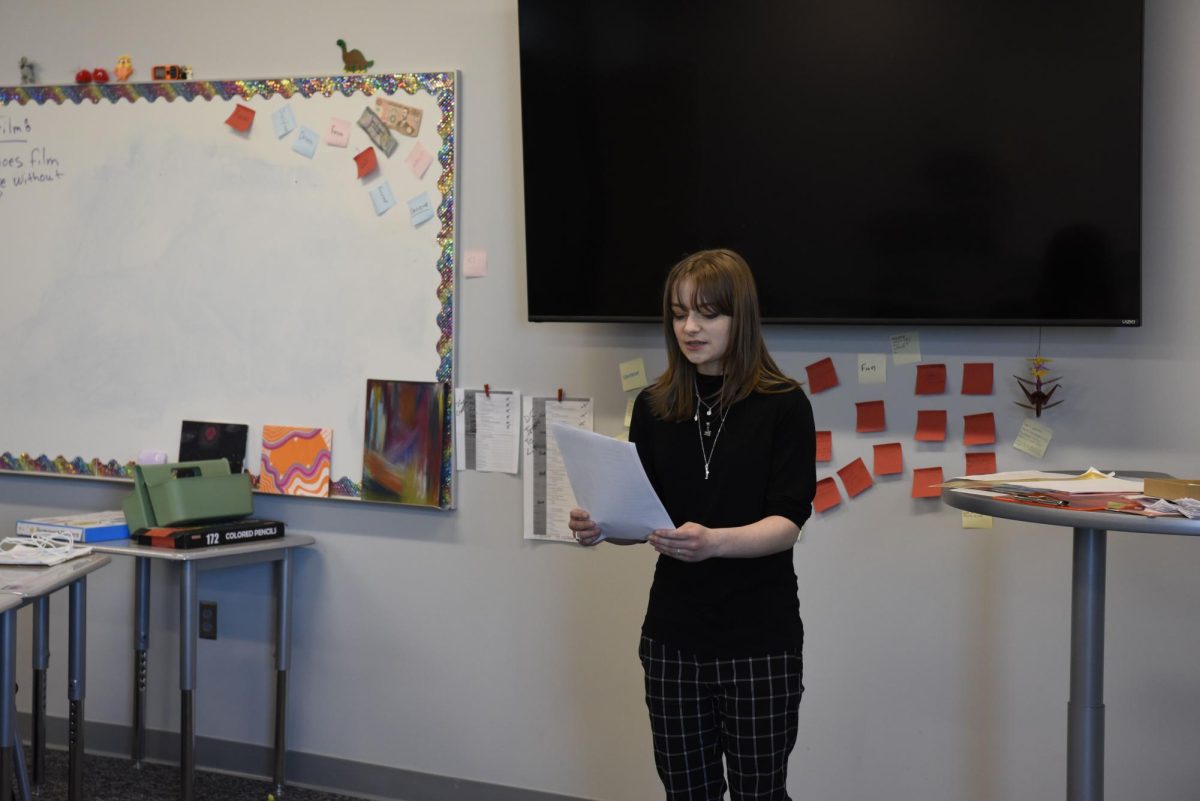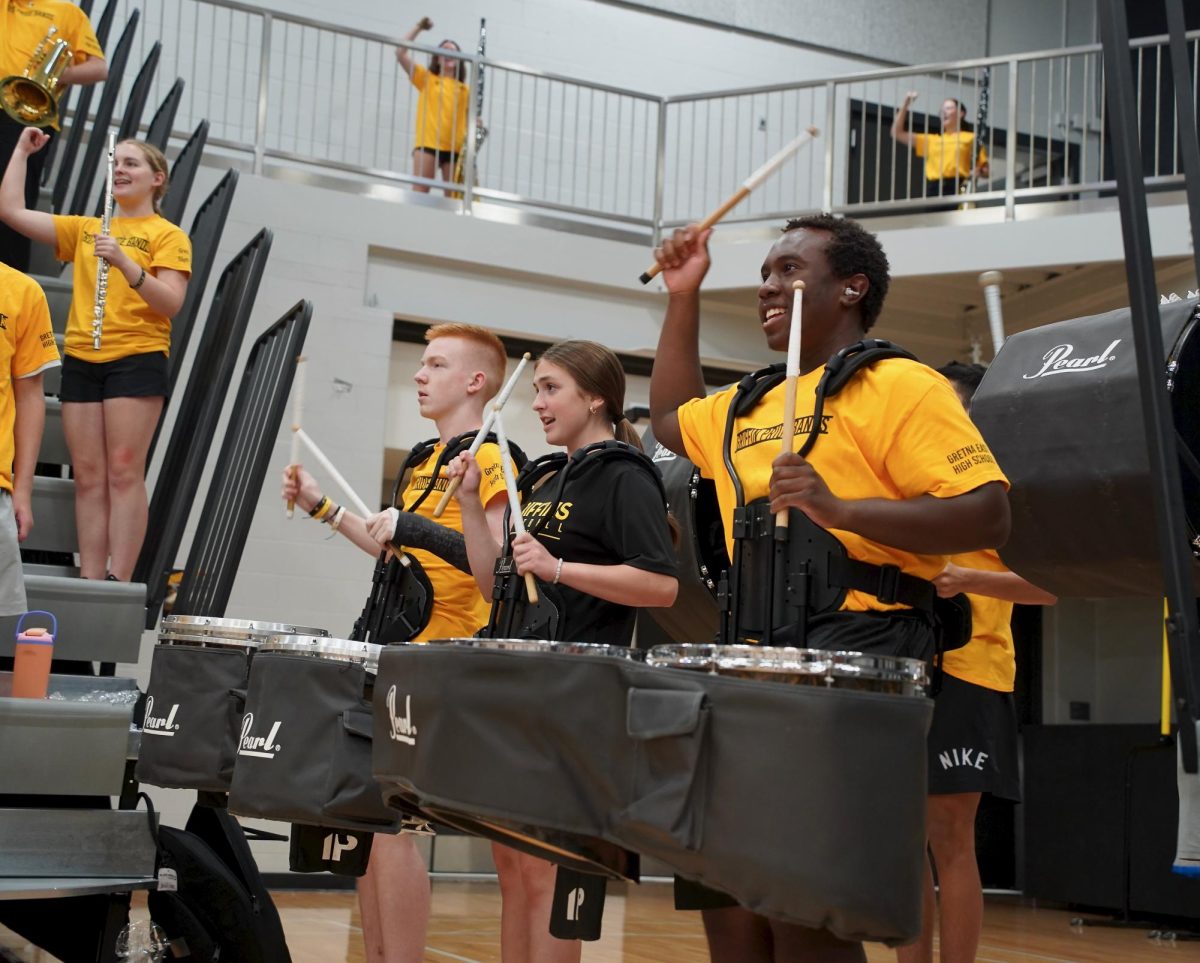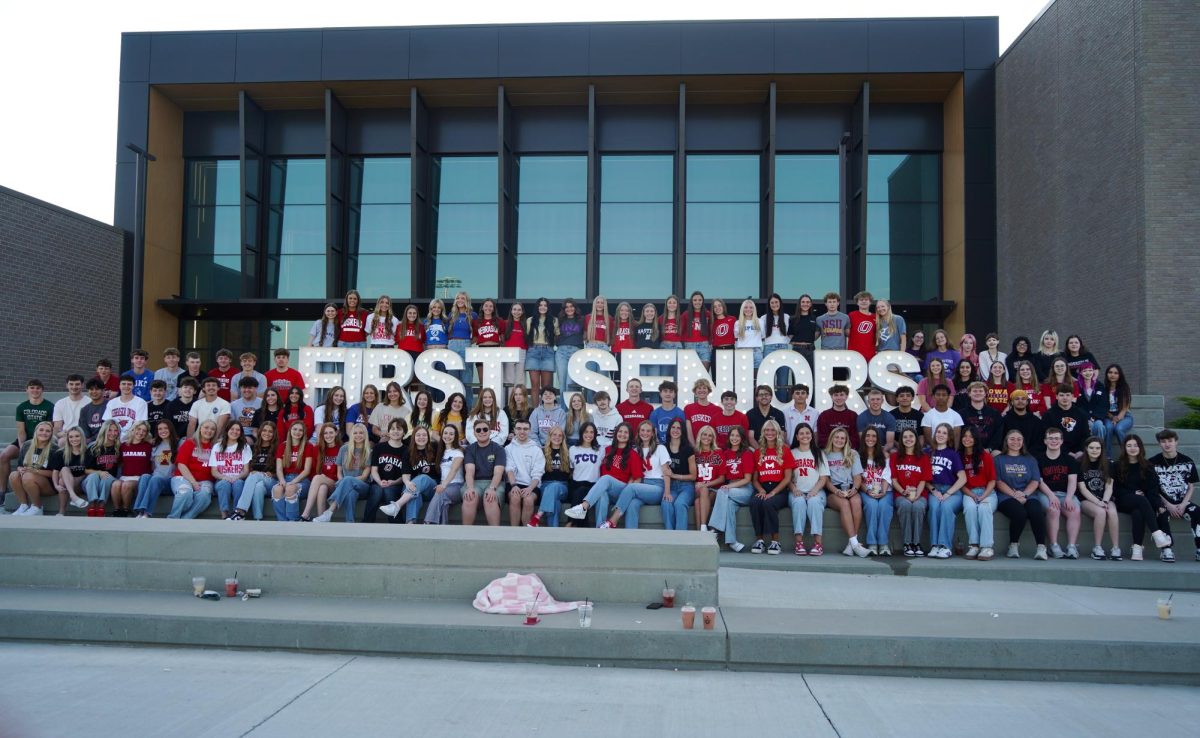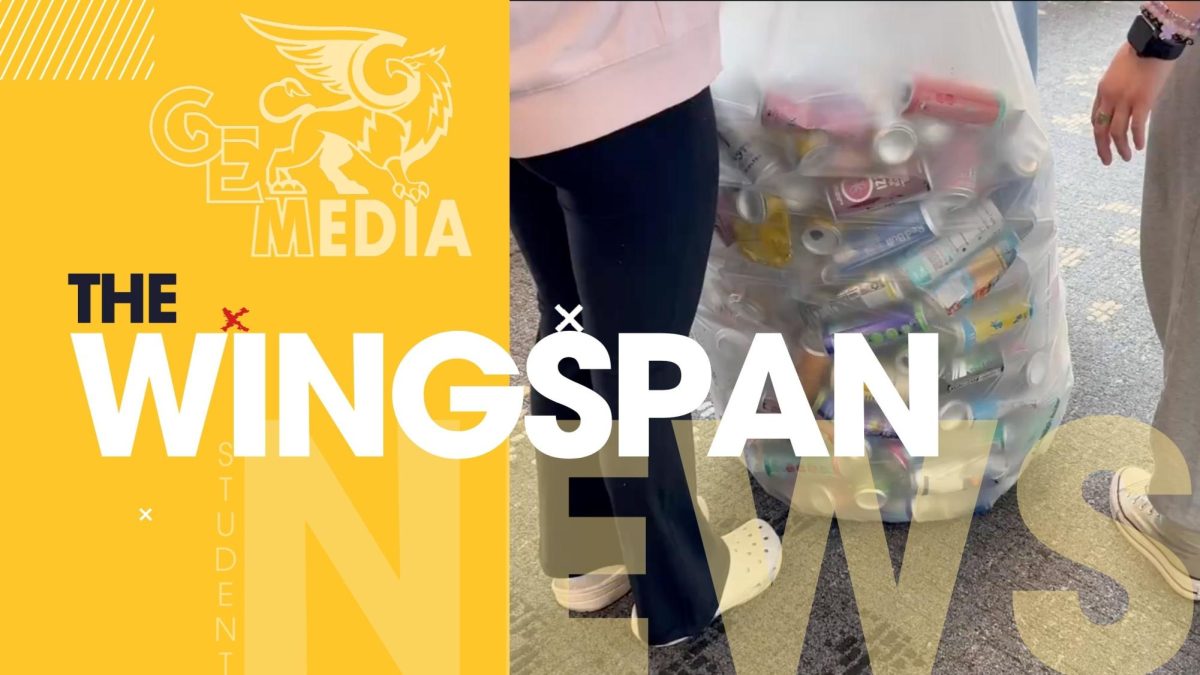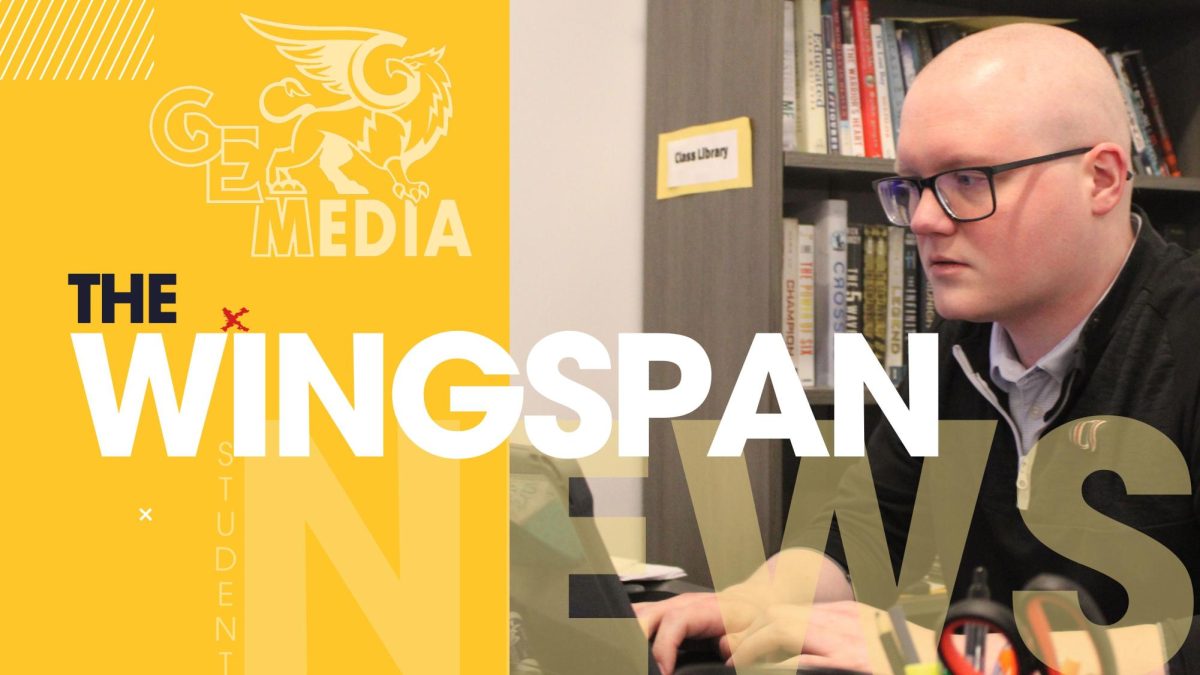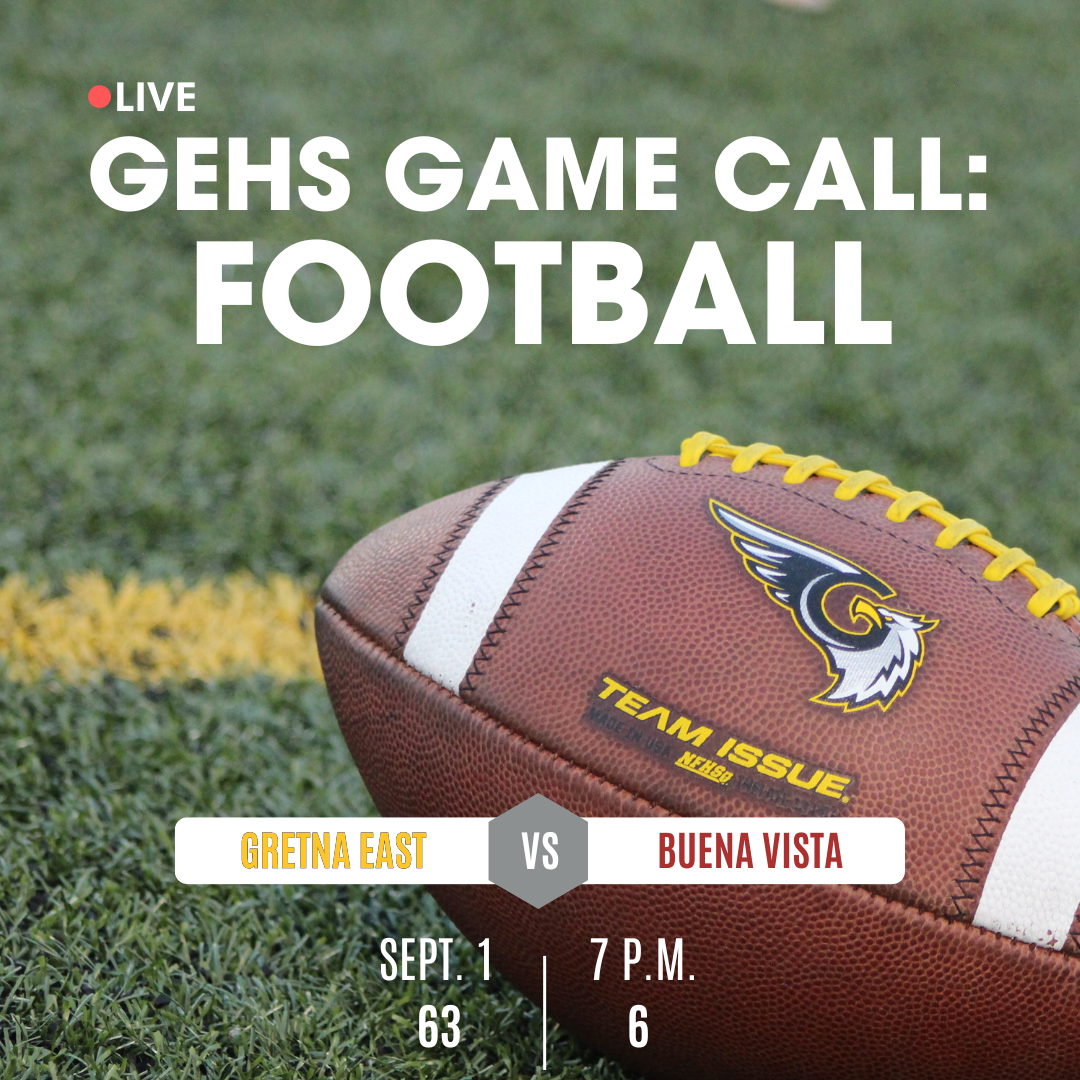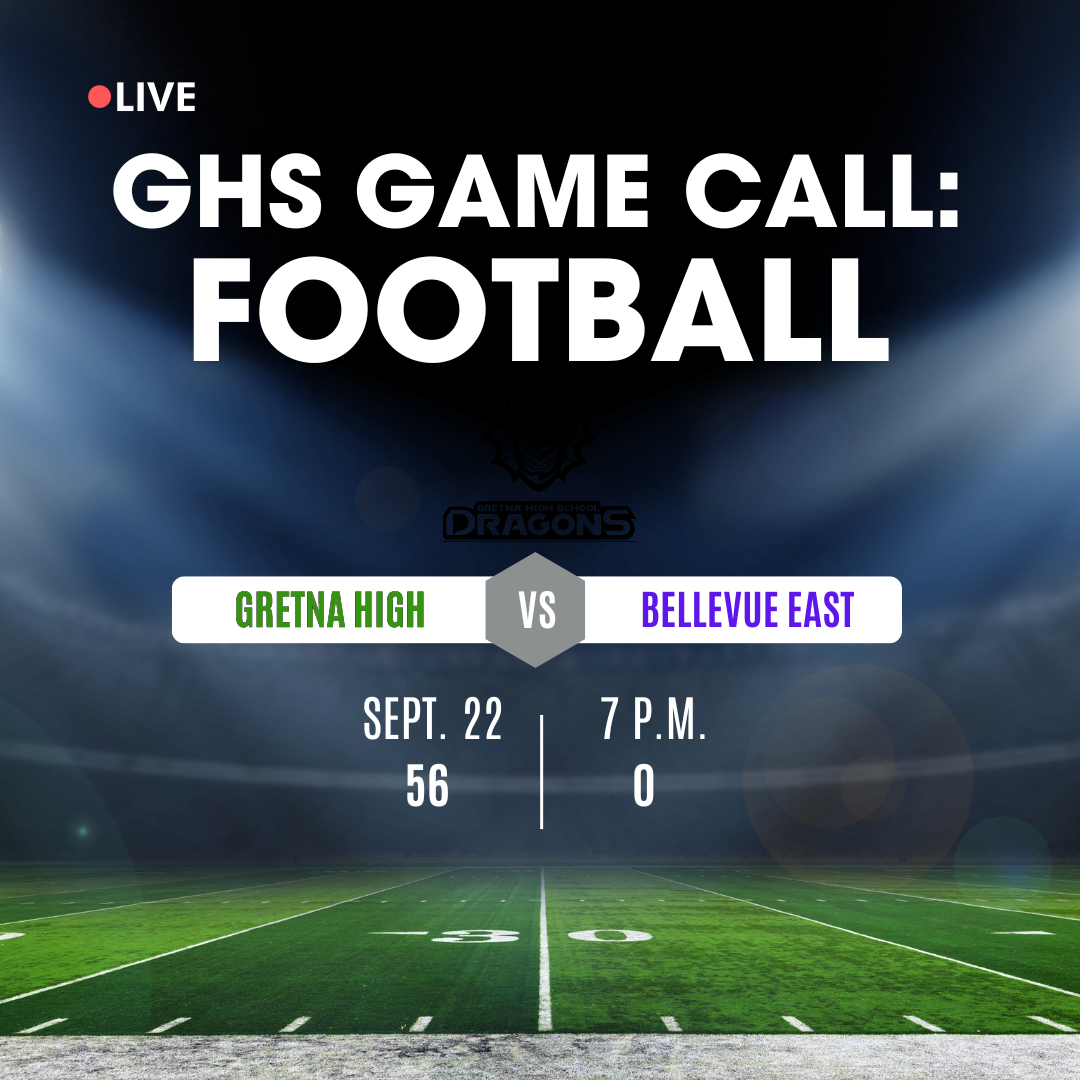DISCLOSURE: This is an opinion article. Please note that unsigned editorials represent the collective opinion of The Wingspan student news staff and do not necessarily represent the opinion of the adviser or Gretna East High School. Columns represent the opinion of the author alone and do not necessarily represent the opinions of the adviser, the Wingspan staff or Gretna East High School.
As technology rapidly evolves, the roles of artificial intelligence (AI) and other technologies in education have become increasingly prevalent. Integrating AI into education is not just a trend but an innovation that needs to be made to prepare students for a future defined by technology. Incorporating AI into education is necessary as more people, especially students, use it daily.
Reflecting on the journey of AI in education, it’s fascinating to see how far technology has come since 1965, when the PLATO (Programmed Logic for Automated Teaching Operations) program began tutoring students in mathematics and science at Stanford University. Fast forward to today, some of the most crucial advancements in AI learning include recognizing faces and understanding text to produce a response. Artificial intelligence also has a wealth of knowledge in medicine, mathematics and developing other AI systems it did not have until recently.
Given these recent advances in artificial intelligence, it only becomes even more critical to integrate AI into education. According to the University of Illinois, one of the biggest advantages of AI systems in the classroom is that, by having AI, every student can have access to help at all times. This means that each student can go through personalized teaching from their own AI system that adapts to their way of learning and gives them immediate feedback. That’s not just convenient, that’s transformative.
A popular example of a personalizing learning software like this is Duolingo, a language learning app that adjusts the user’s learning pace based on an AI’s analysis of their performance during lessons. Every student learns differently, so implementing personalized learning systems in GPS would be a game-changer for students with diverse learning needs. Incorporating AI-generated personalized learning systems like these is something that GPS should look into for students at all grade levels. Being able to provide personalized tutoring programs and reach students who need extra guidance is necessary.
These tools not only support students with tailored instruction but also assist teachers by automating routine tasks like grading and analyzing performance data. Lightening teachers’ workload is something that most educators would appreciate since so many of them have to juggle planning and grading for their classes with coaching, sponsoring clubs and their own personal lives. To achieve this, training, like Google’s “Generative AI for Educators,” would need to be provided to teachers.
However, there are also major concerns when it comes to integrating this kind of technology into classrooms, specifically regarding academic integrity and the reliability of artificial intelligence output.
The use of AI to cheat on assignments, tests or papers has been a debate since the beginning of artificial intelligence’s existence. GPS’s policy on academic dishonesty states that “students caught cheating or plagiarizing will be disciplined in accordance with the teacher’s classroom policies.” Teachers utilize software, such as Turnitin, that analyzes documents for AI to determine if a student is cheating or not, so it is pivotal that students understand the fine line between using AI as a learning tool and using it to cheat.
Though AI can be misused, it is fundamentally designed to complement human intelligence by processing large amounts of data quickly and possessing mountains of knowledge that no single human could obtain. However, it lacks the creativity, empathy and critical thinking skills that humans possess. Our ability to question, analyze and make ethical decisions is something AI cannot replicate, and that’s important. The only thing cheating using AI accomplishes is taking away the chance to develop these skills that are essential for making informed and ethical decisions in life.
While it’s crucial to use AI as a learning tool responsibly, it’s equally important to acknowledge its limitations. For instance, AI responses are not always reliable. Just like humans, artificial intelligence makes mistakes, and sometimes these errors cause serious mistakes. According to the United Nations University, people often assume that AI is flawless, but that is far from the truth. Artificial intelligence is still a developing technology, and assuming that every response from a chatbot is accurate can be risky. Recognizing AI’s imperfections allows us to make more informed decisions and use the technology safely and effectively.
Building on the notion of AI’s fallibility, it’s also worth noting its susceptibility to manipulation. The California Institute of Technology points out that artificial intelligence can easily be influenced by inaccurate information. Artificial intelligence is not a perfect system and is bound to make mistakes, similar to the humans it replicates. If somebody feeds an AI system wrong information, it could see that as fact and spread it further, causing others to receive misinformation. That is why it is so important for students and educators to be able to sort between fact from fiction when using AI.
Although AI has various flaws, as technology continues to advance, AI will become more reliable and detectable, and the benefits of implementing AI will become greater and continue to outweigh the downsides. However, we shouldn’t forget that AI is here to assist us, not replace our unique creativity and critical thinking. Fostering our thinking skills allows us to use AI as a partner in our learning journey, helping us tackle future challenges with confidence and ingenuity. By implementing artificial intelligence into GPS, students will be prepared to thrive in a technological future.

